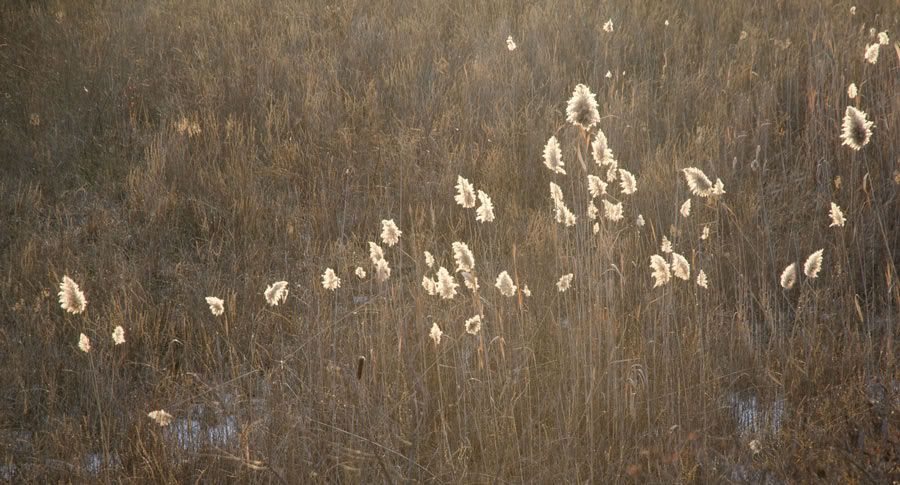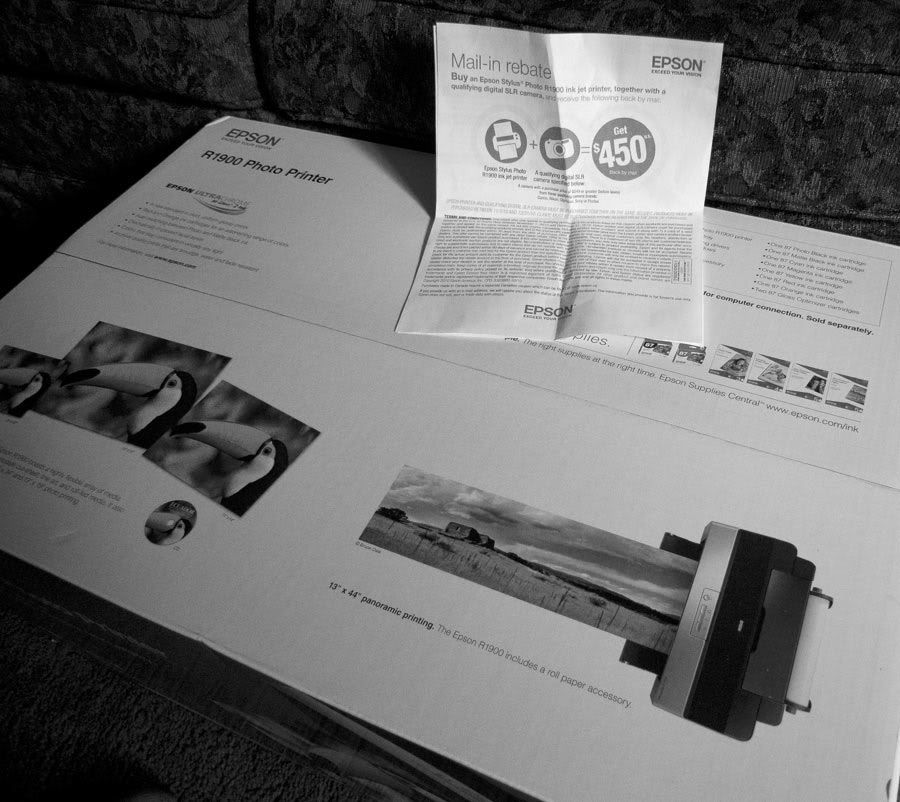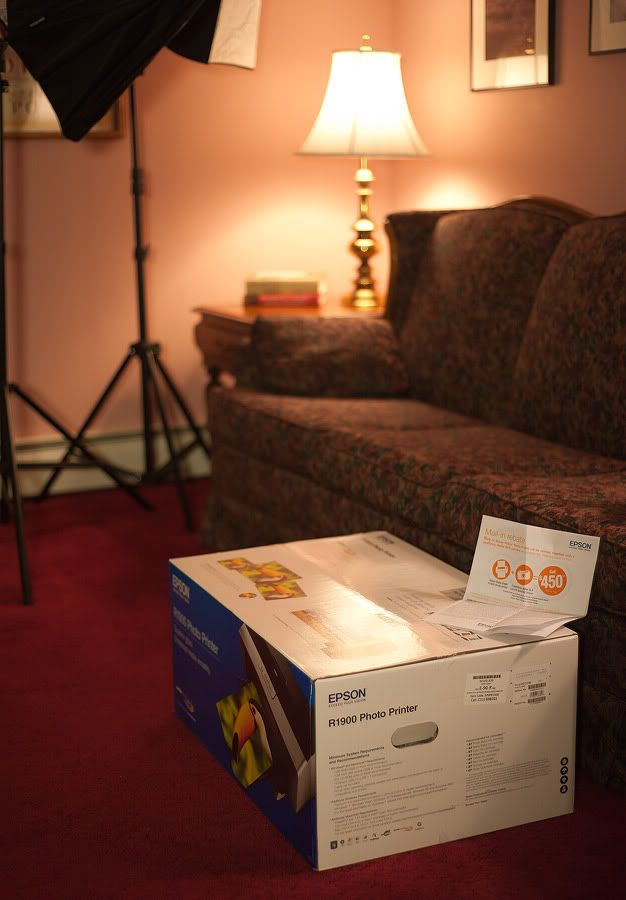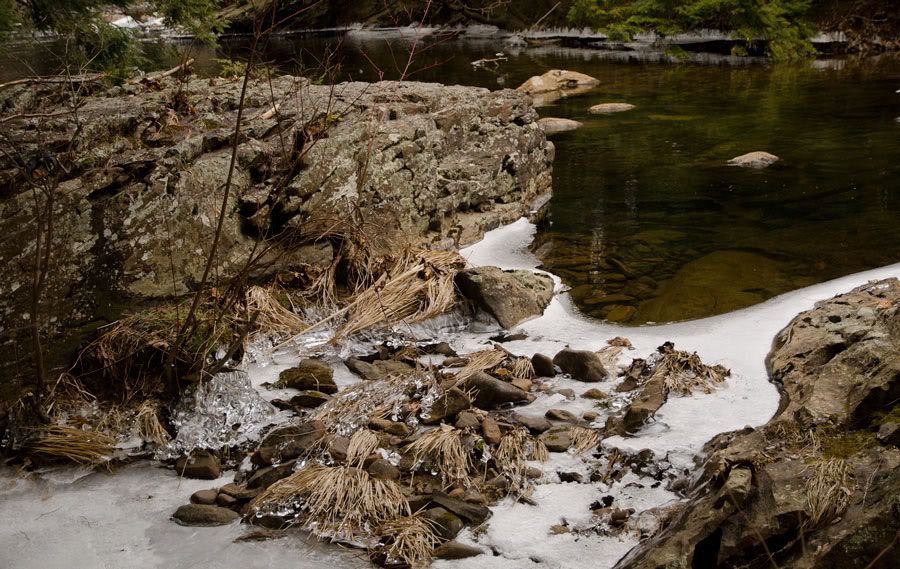
Flood Flume at Nescopeck Creek (Nikon D 7000, Nikkor 16-85mm f3.5)
I don’t really write camera equipment reviews.
There are a number of wonderful sites, bookmarked here, and here, who do that extremely well (I’m particularly impressed with Thom Hogan’s fine analysis, particularly on today’s topic). That having been said, I have been, for the past several days, shooting with my new Nikon D7000. I am beginning to form some distinct impressions.
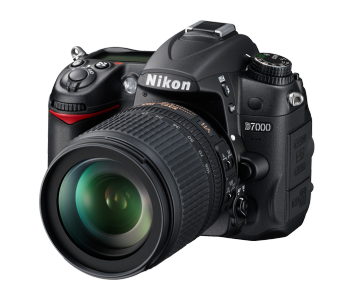
Image credit: Nikon
First, the camera certainly has very good resolution. In head to head testing against my D2x, I think I can see a bit more detail from the D7000 files, but only a bit. (12 to 16 MPs of resolution is not really a huge jump).
What is evident is the cleanness of the files, which are more noise-free, even at ISO 100, than even those of the vaunted D2x which was somewhat famous for its clean low ISO images. The five years between the two models is a long time in digital imaging technology.
Once the ISO range starts to increase, the gap from old to the new widens very quickly. I shot nice images in my dim neighborhood pub with the D 7000 and a 50mm f1.8 at ISO 3200. In the past, I would only have attempted this with my much more expensive FX format D 700 (which seems to be still perhaps a stop better than the D7000).
The effective dynamic range seems excellent. There is considerable latitude in highlight recovery, not as much as the Fuji, but to me, far more than the D2x, or the Panasonic G- series cameras I often utilize.
The shadows however, offer another opportunity to find dynamic range, and the D7000 does not disappoint. Features of for instance, dark hemlock or pine boughs that I deliberately under exposed to preserve sky detail, reemerge with mid-tone lightening, full of detail, and without significant noise.
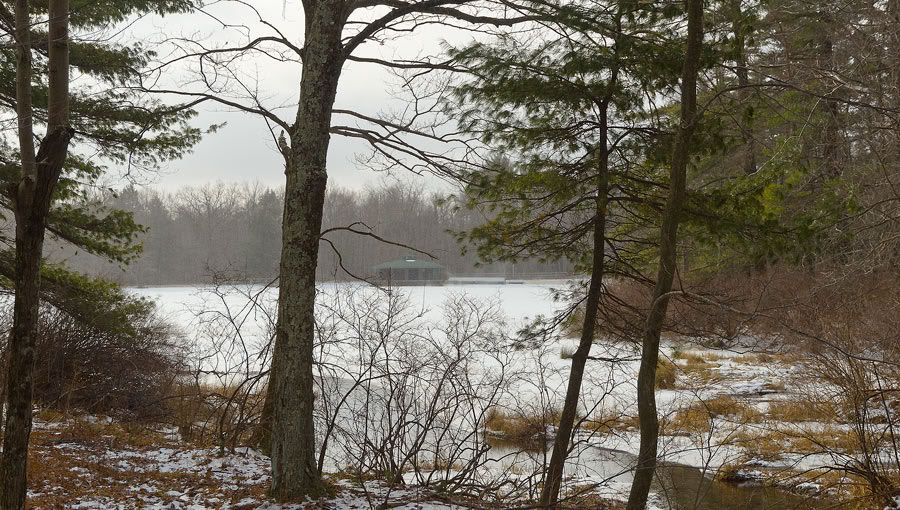
From the Back of the Lake (Nikon D 7000, Nikkor 16-85mm f3.5)
I love the form factor. The D2x, with a tripod shoe in place could be a nuisance to wedge into my “walking” camera bag. The Fuji S-5 was smaller (like a Nikon D200-300), and I loved the files, but sometimes you just need more resolution. The D7000 by comparison slips into the bag with ease ( I can even fit an SB 800 flash alongside it in the main pouch), and shoots images with tons of detail.
Some of my favorite lenses are useful again. I specifically think of the nice Nikkors such as the 16-85mm f3.5-5 VR, the 17-35mm f2.8, the 70-200 f2.8 VR (version I), as well as the Tamron 17-50mm f2.8, and the Tokina 12-24mm f4. As Thom Hogan has pointed out in his review; with this sensor you need good glass to get maximum benefit.
Color response is typical Nikon: a little cool when converted in Adobe Camera RAW, particularly when using flash. Skin tones are not optimal ( I’m still spoiled by the Fuji S5’s color). I haven’t tried the provided Nikon software to see whether it mitigates this a bit. Maybe JPGs are better (I rarely shoot them).
No one’s commented on the shutter. One of the real tactile sensations one experiences when using a camera body is the visceral, and audible characteristics of the mirror- shutter release.
The D-7000 has a pro level shutter (good for 150k operations per Nikon) but it sounds and feels different than my other F-mount bodies
First, to me it’s notably quieter. Given this and the camera’s small size, it suggests the d7000’s suitability for street shooting, particularly mounted perhaps with one of the fast 35mm primes available. There’s a quiet mode available, but to me it seems redundant.
The shutter release and associated mechanical events actions have a particularly smooth feel through you finger. It’s a small thing, but definitely contributory to the feeling of refinement one senses in its use. Also, for me, 6 frames a second is more than quick enough.
I do have a few gripes. First, why didn’t Nikon spend a few extra dollars and replace the amateur type mode dial on the top of the camera, with three-button version of the upper level bodies. They already given us the pro-level drive selector below it. This might have placated some of the camera body snobs who find this model unworthy of their talents.

Mode Dials, D7000, D700 (Lumix LX 3)
Also, I guess we had to have a new battery; but now I have added another charger to the army of them sitting on my file cabinet.

Army (Nikon D7000, Nikkor 16-85 VR f3.5 @ 2500 iso)
So I’ll definitely keep this camera. I need to work on profiling it to improve the color output, otherwise I am very pleased.
I think you’ll see a lot of images from this Nikon on these pages in the next several years.
I hope that they will be enjoyable.
If they’re not, It won’t be the camera’s fault.

